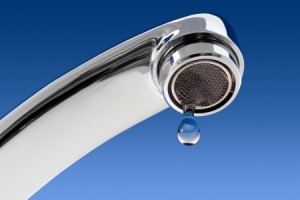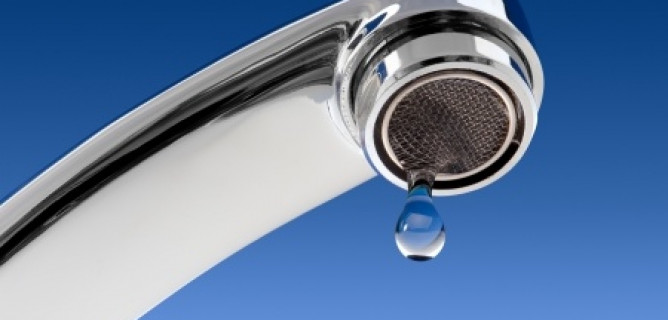 When you turn on the water faucet in your kitchen, do you think about the water that goes down the drain without being used in any way? Or have you wondered how you might be able to reduce your water bill?
When you turn on the water faucet in your kitchen, do you think about the water that goes down the drain without being used in any way? Or have you wondered how you might be able to reduce your water bill?
Have good water sense and cut water usage in your home and backyard with these tips:
Toilets – If you have a toilet manufactured before 1992, it’s the biggest water hog in your home. These fixtures use about six gallons of water per flush, according to the EPA. New high-efficiency toilets use less per flush, and thanks to better flushing technology, there’s no sacrifice in performance.
Faucets – Leaky faucets or faucets without new aerators could be wasting water right before your eyes. Invest in new faucets that produce less water per minute, and remember to turn off the water when it’s not in use. When brushing teeth or washing hands, for example, only let the water run when you need it for rinsing.
Gardening and lawns – Everyone wants a green and healthy-looking lawn and garden in the summer, but many homeowners actually overwater the lawn. For sprinkler systems, there are high-tech sensors that only turn on the sprinklers when the soil is too dry. There are also systems that connect to local weather systems to program when the water will turn on. In addition, it is best to install sprinkler heads that apply water directly to the plants instead of allowing the water to blow away and evaporate in the air. Rain catchers can be a great natural supplement to water needed for your gardens.
Laundry – The average family washes between seven and eight loads of laundry per week, according to the EPA. This number might be even higher for larger families and those who wash reusable diapers (which also has its environmental benefits). For traditional laundry machines, each load requires nearly 41 gallons of water. To help cut down on the water needed for your laundry, be sure to only run a load when the machine is full. If your machine is older, consider replacing it with an Energy-Star high-efficiency model, which can use 35 to 50 percent less water.
Source: EPA.gov
Follow Us on Facebook – Twitter – LinkedIn– Google Plus


